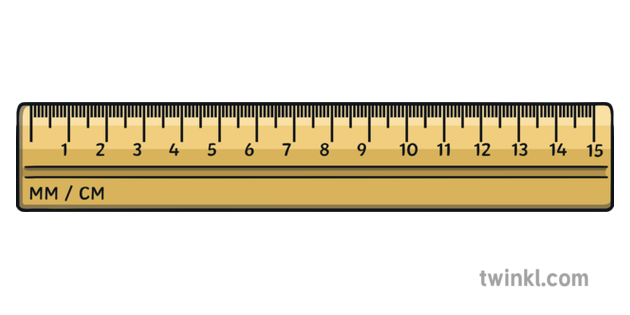
#Interactive ruler tool how to
#Interactive ruler tool full
Another form of protractors available would be the full disc graduated from 0 to 360°. The protractor is graduated from 0 to 180 degrees (°). The most popular version is the half disc split into 180 equal parts that each correspond to one degree. The tool used to measure angles is the protractor. The intersection of the lines is the tip of the angle. Toggle the display of the protractor.This animation illustrates how to use a protractor to measure an angle.Ĭlick and drag the protractor and its blue handles to make some measurements.Ī plan angle defines the space on the plan delimited by two crossing lines. = Click to automatically set angles so they are all equal. Click to set all the values to random values.

Change this number to add or remove lines/angles to the current problem Toggle to show/hide the type of angle currently displayed. Select the mode, each option is a different angle type. The interactive clock angles activity can also be used in explaining angles. Using the vertically opposite rule, or spotting the supplementary angles.Īngles Glossary Acute Angle Any angle that is less than 90° Right Angle An angle that is 90° Obtuse Angle An angle greater than 90° but less than 180° Straight Angle An angle of 180° which makes a straight line Reflex Angle An angle greater than 180° Related activities Notice that only one angle is given and all the other 3 can be worked out The final mode deals with angles produced by an intersection of two lines. Problem followed by small adjustments to the lines by dragging. In this mode press =īutton to make all the angles equal. Mode behaves exactly the same as the previous. Supplementary angles are angles that add up to 180°. Such problems by selecting calculate from angles display, now press dice for a new Missing angle that needs to be calculated. In this mode a complementary angle is shown, complementaryĪngles add up to 90° Initially the 90° is split by just one lineīut this can be changed by selecting a different number of lines. Types definitions are listed in the glossary below. You googling '100 dollar note size', finding that it is 2.61 inches wide and then measuring it with the ruler. For example, you have 100 hundred dollar bill. So now you can change the angle by dragging a handle or clicking You could ensure that the ruler on the screen is in actual size by measuring some 'standard' object you have in your pocket like A4 paper, credit card, iPhone, banknote, etc. Click the angle type ctrl to either show or hide the Is great for identifying various types of angles. The initial mode is unique in that there is only one angle.

The handles at the end of each line can be clicked and dragged Hidden the angle value next to the angle arc is replaced by the

In all the modes individual angles can be shown or hidden for exampleĬlick the angle (a). Use the angles display to choose whether.The mode control is used to it selects the type of angle problem.Handles to change the angles and the values will updated. Which the missing letter angle values have to be found. For more advanced use to create angle problems in At its most basic for teaching about types of angles, acute,

It can be used at a variety of different grade The online protractor tool can be used to practice measuring angles. This activity allows manipulation and investigation of various


 0 kommentar(er)
0 kommentar(er)
